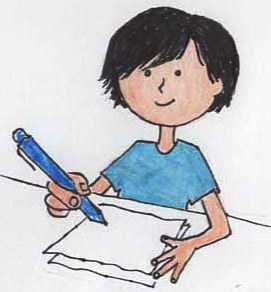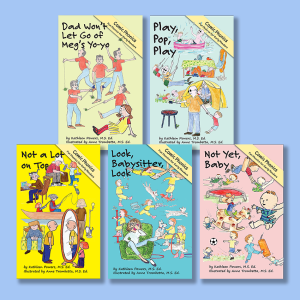Q: How should a good novel begin, according to writing experts today?
- With backstory
- With an inciting event
A: b. With an inciting event, with action of some kind to grab the reader into the story. Two hundred, one hundred, even fifty years ago this wasn’t the way writers started novels. But times have changed, and so have readers who expect writers to grab them into their stories in the opening paragraphs.
Q: If that’s true, then how should a novel introduce backstory?
- By getting the story underway, pausing to fill in background details, and then resuming the forward action of the story.
- By weaving background details into a story as needed without ever pausing.
A: b. By weaving background details into a story as they are needed, without stopping or even slowing down the forward action, is the recommended way to include backstory today.
And yet,
This past week I read a novel which received high praise from a news source I respect. As I turned from page 3 to page 4 to page 13 to page 24, I thought, C’mon, c’mon. When is this story going to take off? It did around page 35, or so I thought for a couple of pages. But I was wrong. The scene described there turned out to be more backstory. It wasn’t until about page 70 that the action really started.
70 unnecessary pages. Or at least 70 pages which could have been reduced to two or three pages and tucked into the forward action part of the novel. If not for the four-star review, I would have stopped reading by page 10.
Q: So how did this novel get published with such a laborious beginning?
A: The author is an established writer with several best sellers, some of which have been turned into TV miniseries. Editors are reluctant to ask such a writer to cut 35 pages, no matter how slowly they move the novel along.
Q: What can we learn from this?
- If you are a best-selling author, anything goes.
- Even if you are a best-selling author, some reviewers will pan your book if it has a slow, wordy start.
- Listen to writing experts and start with an inciting event until you become a best-selling author.
A: a. Yes. b. Yes. I went online and found reviewers who liked the book and others who said it could have been improved by eliminating several dozen pages at the beginning. c. Yes. Jump right in if you want to hook your readers.









